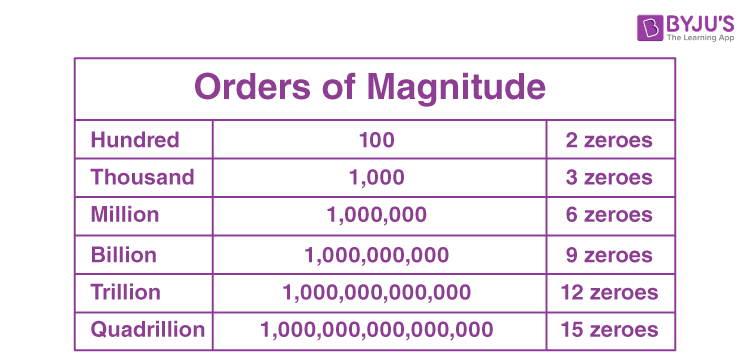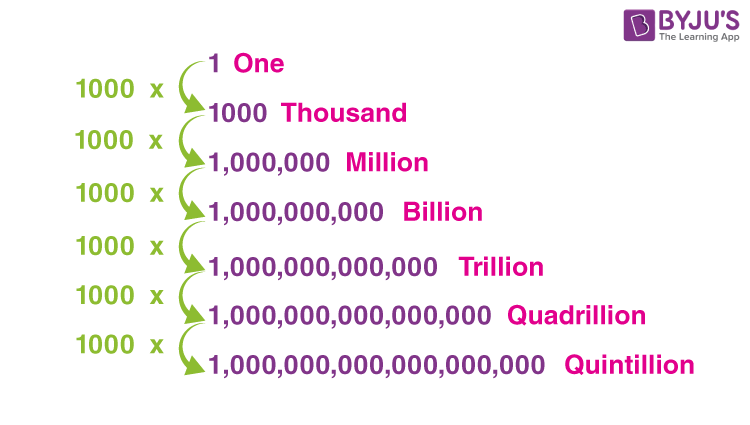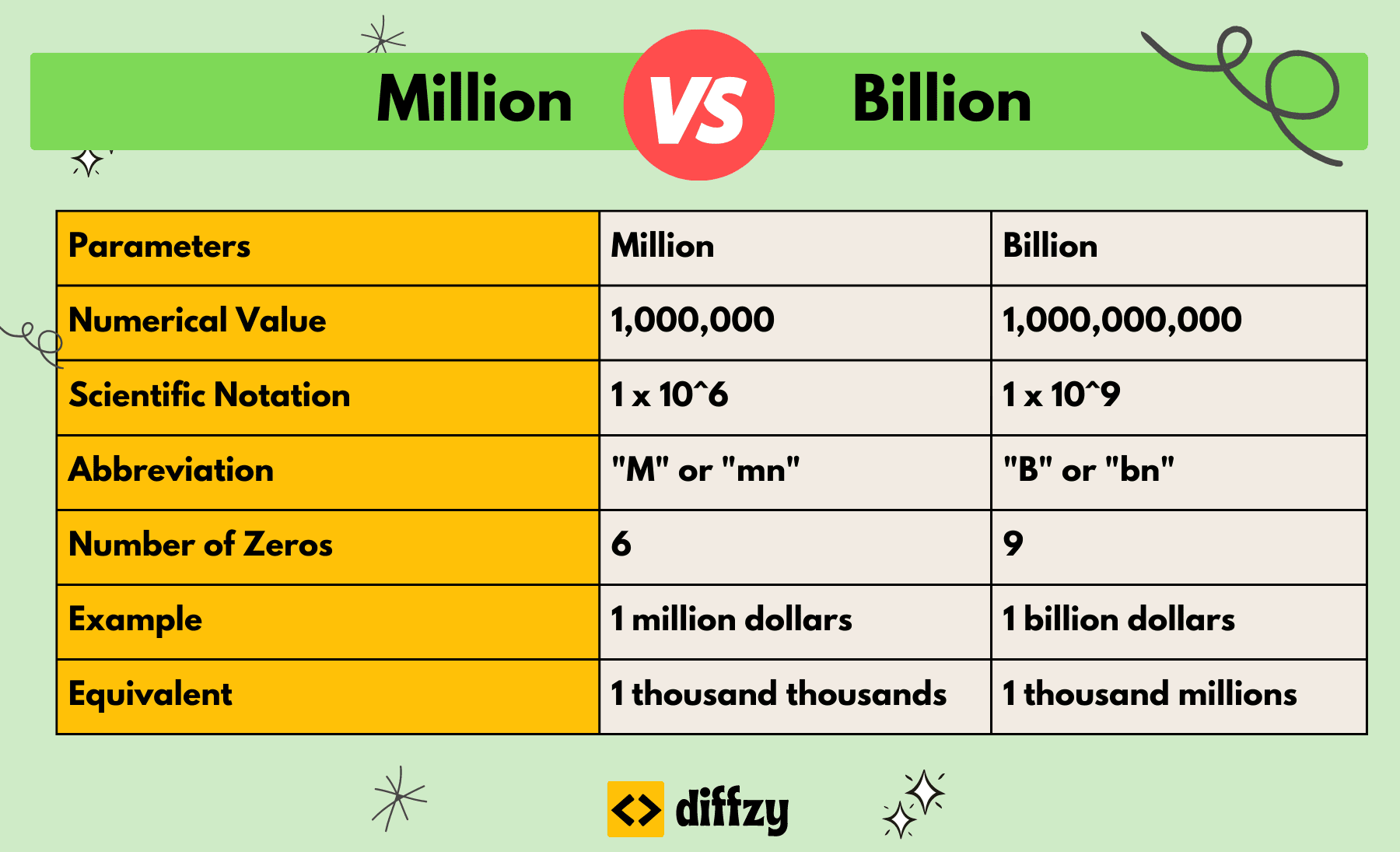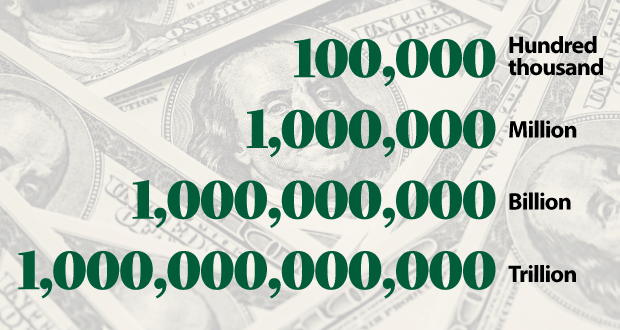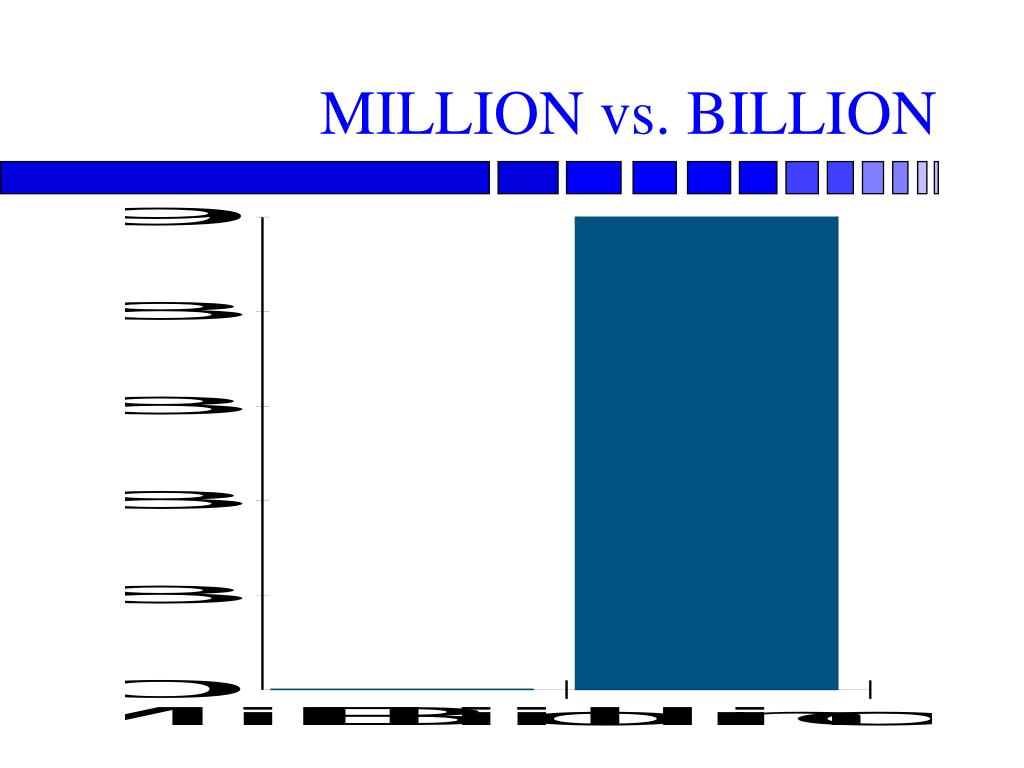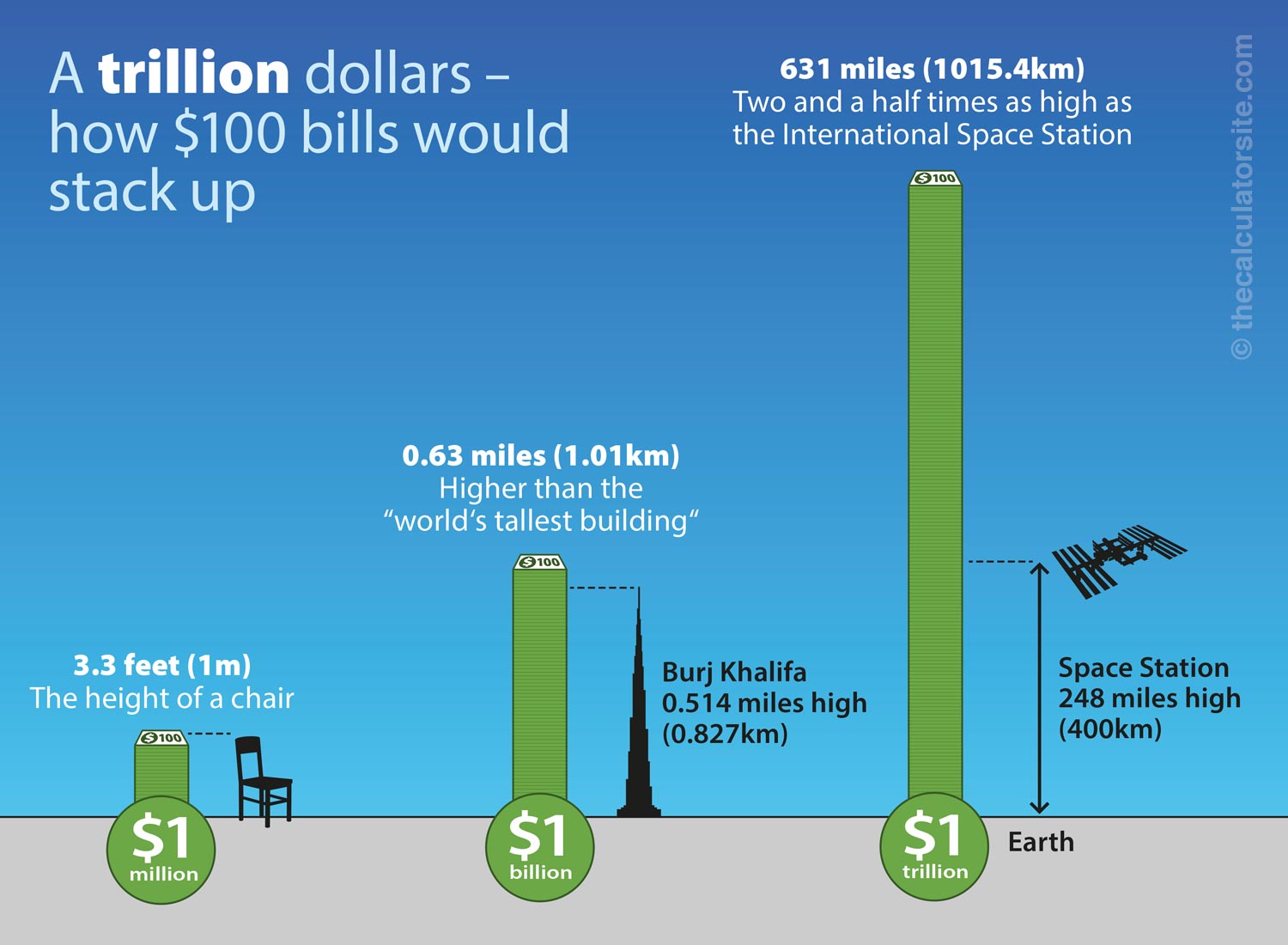1 Billion Divided By 20 Million

The simple mathematical equation, 1,000,000,000 divided by 20,000,000, equaling 50, has become a focal point in ongoing debates surrounding proposed budget allocations and resource distribution strategies. This seemingly straightforward calculation underpins complex discussions about the potential impact of allocating one billion dollars across a population or set of initiatives involving twenty million individuals or units.
The significance of this division lies not in the arithmetic itself, but in its representational power. It serves as a crucial benchmark when assessing the per capita allocation, or the resource available per unit, in various sectors like healthcare, education, and infrastructure development.
Understanding the Context
The context surrounding this figure is crucial. Where did this billion dollars come from? Who are the 20 million individuals or units in question? Understanding the origin of the funds and the target beneficiaries is paramount to grasping the equation's true meaning.
For instance, if the billion dollars represents a government grant intended to improve primary education for 20 million students, the resulting $50 per student could be perceived as either adequate or inadequate, depending on existing resources and specific needs.
Key Details: Who, What, Where, When, Why, How
Who: The "who" can vary drastically. It could refer to government agencies, private organizations, or international bodies making the allocation decision. It also includes the 20 million recipients – be they citizens, students, patients, or individual businesses.
What: The "what" represents the specific purpose for which the funds are intended. Is it for direct financial assistance, infrastructure improvements, research and development, or a combination of these?
Where: The "where" defines the geographical location or sector affected by the allocation. Is it a national program, a regional initiative, or a project focused on a particular industry?
When: The "when" refers to the timeframe over which the allocation will be distributed and utilized. A one-time disbursement will have a different impact than funds distributed over several years.
Why: The "why" clarifies the rationale behind the allocation. What are the specific problems it aims to address? What are the desired outcomes?
How: The "how" describes the mechanism through which the funds will be distributed and managed. Will it be through direct payments, grants, contracts, or other means?
Potential Impact
The impact of allocating $50 per person or unit can be multifaceted. In some scenarios, it could represent a significant boost, providing crucial resources for those in need.
Conversely, in other contexts, it might be considered insufficient to address deeply rooted challenges, highlighting the need for further investment or more efficient resource management.
"The perception of whether $50 is adequate depends heavily on the specific context and the baseline conditions," notes Dr. Anya Sharma, an economist specializing in resource allocation. "In some cases, it could represent a life-changing amount, while in others, it might only provide marginal relief."
The allocation could also spur economic activity, create employment opportunities, or improve access to essential services. However, potential drawbacks could include inefficient spending, corruption, or unintended consequences if the program is poorly designed or implemented.
Consider the case of a program distributing $1 billion to 20 million small businesses affected by a natural disaster. Each business would receive $50, which could provide a small but essential injection of capital to help them recover and rebuild.
On the other hand, if the $1 billion is allocated to improve healthcare access for 20 million individuals with chronic illnesses, the $50 per person might only cover a small portion of their medical expenses, requiring additional funding sources.
Human Interest Angle
The numbers can sometimes overshadow the human stories behind the data. Consider *Maria*, a single mother of two struggling to make ends meet. For Maria, an extra $50 could mean the difference between putting food on the table and going hungry for a week.
Or *David*, a small business owner whose shop was damaged in a recent flood. The $50 could help him purchase essential supplies to begin the clean-up process and reopen his doors to the community.
These individual stories highlight the real-world impact of resource allocation decisions and underscore the importance of ensuring that funds are distributed equitably and effectively.
Ultimately, the equation 1,000,000,000 / 20,000,000 = 50 serves as a reminder that every allocation decision has real-world consequences. It is critical to examine the underlying assumptions, the intended beneficiaries, and the potential impact to ensure that resources are used in a way that maximizes positive outcomes and minimizes unintended harm.
The dialogue surrounding this simple division should remain focused on fostering transparency, accountability, and evidence-based decision-making in resource allocation processes across all sectors.







